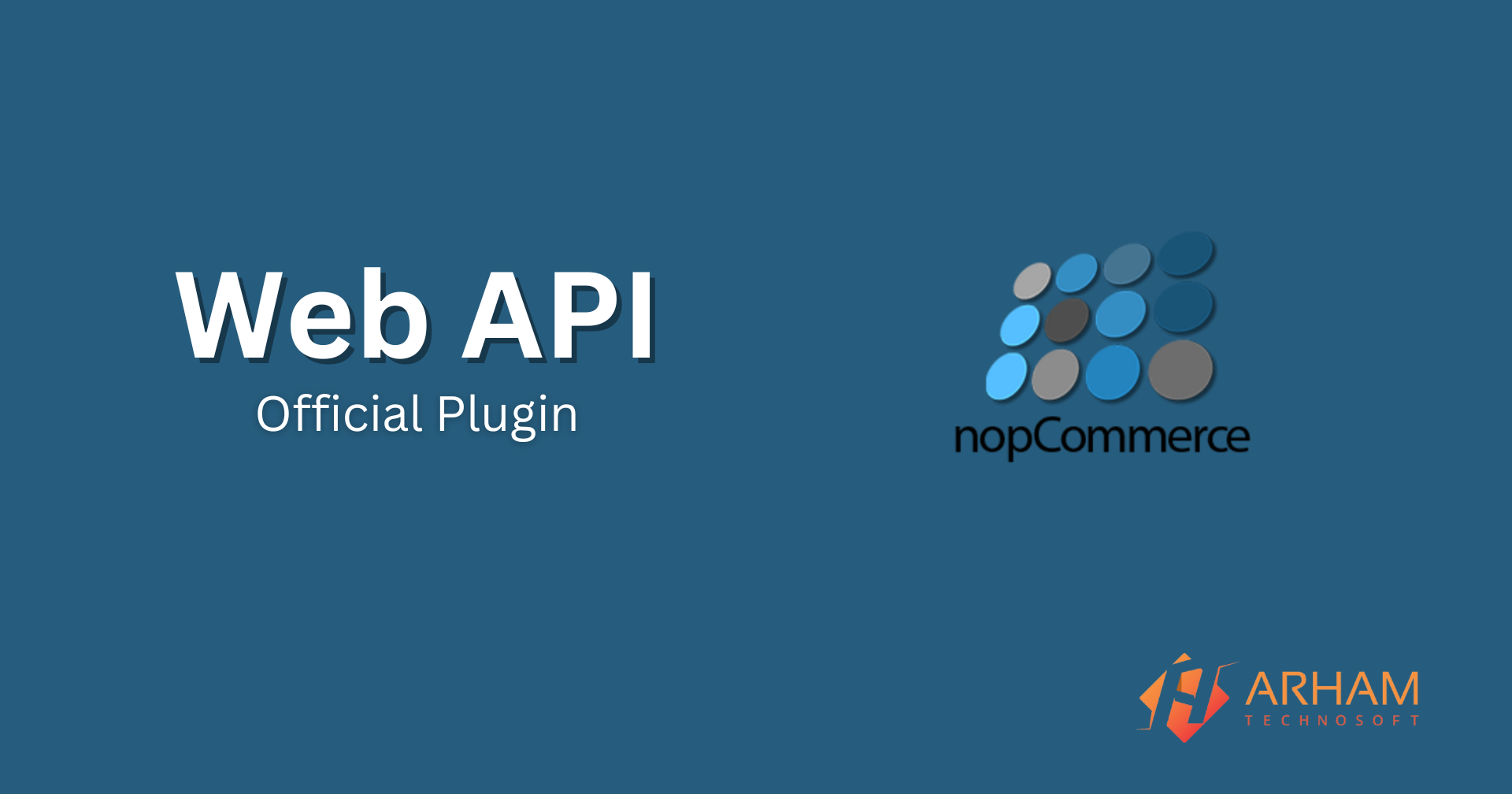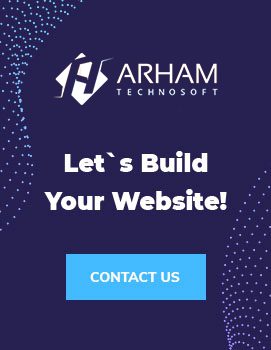Introduction
Robust integrations between eCommerce platforms and third-party services are vital for operational efficiency and enhanced customer experiences. nopCommerce, a leading open-source eCommerce solution, recognizes this need through its official Web API plugin. Designed to facilitate seamless connectivity with various applications, this plugin offers comprehensive RESTful API capabilities, allowing businesses to extend and automate their nopCommerce environment.
This blog post delves deep into the features, functionalities, and benefits of the Web API plugin for nopCommerce, providing insights on how it can be leveraged to enhance your eCommerce operations.
1. Overview of the nopCommerce Web API Plugin
1.1 What is nopCommerce?
nopCommerce is a highly popular, open-source eCommerce platform that provides a comprehensive set of features for building robust online stores. Known for its flexibility and extensibility, nopCommerce caters to a wide range of business needs, from small startups to large enterprises. It supports various functionalities such as catalog management, customer management, order processing, and more.
1.2 Introduction to the Web API Plugin
The Web API plugin, developed by the official nopCommerce team, extends the platform’s capabilities by enabling RESTful API interactions. This plugin opens up the entire nopCommerce ecosystem, providing over 1,100 methods that cover both backend and frontend operations. By doing so, it allows for sophisticated integrations with third-party systems such as ERPs, CRMs, and mobile applications, enhancing the platform’s usability and reach.
2. Features and Capabilities
2.1 Comprehensive Method Coverage
The Web API plugin boasts extensive method coverage, including:
- Backend Methods: Enable interactions with core administrative functionalities like product management, order processing, and customer data handling.
- Frontend Methods: Facilitate integrations with customer-facing features such as product browsing, shopping cart interactions, and checkout processes.
With more than 1,100 methods available, the plugin offers unparalleled flexibility in accessing and manipulating various components of the nopCommerce system.
2.2 RESTful Architecture
REST (Representational State Transfer) is a widely adopted architecture style for designing networked applications. The Web API plugin leverages REST to provide a standardized approach to building web services, ensuring simplicity, scalability, and performance. Key advantages of using REST with the nopCommerce API include:
- Stateless Interactions: Each API request contains all necessary information, avoiding the need for server-side sessions.
- Resource-Based: Resources such as products, orders, and customers are represented using standard HTTP methods (GET, POST, PUT, DELETE).
- JSON and XML Support: The plugin supports both JSON and XML formats for data interchange, catering to different integration needs.
2.3 Open-Source Availability
True to the ethos of nopCommerce, the Web API plugin is 100% open-source. This transparency allows developers to review, modify, and extend the plugin’s source code to suit specific business requirements. Open-source availability also fosters community contributions, leading to continuous improvement and innovation.
2.4 Authentication and Security
Security is paramount in API interactions, especially when dealing with sensitive eCommerce data. The Web API plugin supports multiple authentication mechanisms:
- API Key Authentication: Simple yet effective, using unique API keys to authenticate requests.
- OAuth 2.0: Provides a more secure method for granting third-party applications access without sharing credentials.
- Token-Based Authentication: Issues tokens for client identification, enhancing security in session management.
These authentication methods ensure that only authorized entities can access the API, protecting against unauthorized access and potential security threats.
3. Practical Use Cases
3.1 Integrating with Backend Accounting Systems
Accounting systems play a crucial role in managing financial records, invoicing, and reporting. The Web API plugin facilitates integration with accounting platforms by:
- Automating Invoice Generation: Automatically generating invoices in the accounting system for orders placed in nopCommerce.
- Synchronizing Financial Data: Real-time synchronization of sales, refunds, and tax data between nopCommerce and the accounting system.
- Expense Tracking: Integrating expense management by linking purchase data from nopCommerce with accounting software.
3.2 ERP and CRM System Integrations
Enterprise Resource Planning (ERP) and Customer Relationship Management (CRM) systems are central to business operations. The Web API plugin enhances ERP and CRM integrations by:
- Streamlining Order Fulfillment: Synchronizing orders from nopCommerce with ERP systems to streamline inventory management and order fulfillment.
- Customer Data Management: Updating CRM systems with customer information, purchase history, and interaction data to improve customer service and marketing efforts.
- Product Information Management: Syncing product details, pricing, and stock levels between nopCommerce and ERP systems for accurate inventory tracking.
3.3 Inventory and Warehouse Management
Efficient inventory management is crucial for maintaining stock levels and ensuring timely order fulfillment. The Web API plugin supports integrations with inventory and warehouse management systems by:
- Real-Time Stock Updates: Keeping inventory levels up-to-date across all platforms by synchronizing stock data between nopCommerce and warehouse systems.
- Order Processing Automation: Automating the process of order picking, packing, and shipping by integrating order data with warehouse management software.
- Supply Chain Visibility: Providing visibility into the supply chain by linking nopCommerce with logistics and supplier management systems.
3.4 Mobile Application Development
In the era of mobile commerce, having a seamless mobile experience is essential. The Web API plugin enables the development of mobile applications by:
- Facilitating Mobile Shopping: Providing APIs for accessing product catalogs, managing shopping carts, and processing orders through mobile applications.
- Enhancing User Engagement: Integrating with push notification services to send real-time updates on order status, promotions, and more.
- Supporting Mobile Payments: Allowing mobile apps to process payments using various payment gateways supported by nopCommerce.
4. Setting Up and Configuring the Web API Plugin
4.1 Installation and Setup
Installing the Web API plugin in nopCommerce is straightforward. Follow these steps:
- Download the Plugin: Obtain the plugin from the nopCommerce marketplace or GitHub repository.
- Install the Plugin: Navigate to the administration panel of nopCommerce, go to the “Plugins” section, and upload the plugin package.
- Activate the Plugin: Once installed, activate the plugin to enable its functionalities.
4.2 Configuring API Endpoints
After installation, you can configure the API endpoints according to your integration needs:
- Access API Configuration: Go to the plugin settings in the nopCommerce administration panel.
- Define Endpoints: Specify the endpoints you want to use for various functionalities such as product management, order processing, and customer interactions.
- Set Authentication: Configure the desired authentication method (API key, OAuth 2.0, or token-based).
4.3 Testing the API
Testing is crucial to ensure that the API works as expected. You can use tools like Postman or cURL to send requests and validate responses:
- Generate Test Requests: Create test requests to various API endpoints and check for correct responses.
- Validate Data Integrity: Ensure that the data retrieved or modified through the API matches the expected values in nopCommerce.
- Debug and Troubleshoot: Address any errors or discrepancies by reviewing the API documentation and plugin settings.
5. Best Practices for Using the Web API Plugin
5.1 API Rate Limiting and Throttling
To prevent abuse and ensure optimal performance, implement rate limiting and throttling:
- Define Rate Limits: Set limits on the number of API requests allowed per minute/hour.
- Implement Throttling: Use throttling to control the request rate and ensure fair usage among different clients.
5.2 Monitoring and Logging
Effective monitoring and logging help in maintaining the health and performance of API integrations:
- Enable Logging: Configure the plugin to log API requests and responses for auditing and troubleshooting.
- Monitor Performance: Use monitoring tools to track the performance of API interactions and identify potential bottlenecks.
5.3 Ensuring Data Security
Protect sensitive data and ensure secure API communications:
- Use HTTPS: Ensure that all API communications are encrypted using HTTPS.
- Validate Inputs: Validate and sanitize inputs to prevent injection attacks and data breaches.
- Regularly Update: Keep the Web API plugin and nopCommerce updated to the latest versions to mitigate security vulnerabilities.
5.4 Handling API Errors
Implement robust error handling to manage API failures gracefully:
- Use Standard Error Codes: Return standardized HTTP error codes for different types of errors (e.g., 400 for bad requests, 500 for server errors).
- Provide Descriptive Messages: Include descriptive error messages to help clients understand and resolve issues.
6. Advanced Usage Scenarios
6.1 Custom Endpoint Development
For unique integration needs, you may need to develop custom API endpoints:
- Extend Plugin Functionality: Modify the plugin’s source code to add custom endpoints tailored to specific business requirements.
- Maintain Documentation: Document custom endpoints to ensure that they are well-understood and properly utilized by developers.
6.2 Multi-Tenant Support
For businesses operating multiple stores, the Web API plugin can be configured to support multi-tenant environments:
- Isolate Store Data: Configure the API to handle requests separately for each store, ensuring data isolation.
- Manage Tenants: Use the plugin’s settings to manage API access and functionalities for different tenant stores.
6.3 Handling High-Volume Traffic
Prepare the API for handling high-volume traffic, especially during peak times:
- Optimize Endpoints: Ensure that API endpoints are optimized for performance, reducing response times.
- Use Caching: Implement caching mechanisms to store frequent responses and reduce the load on the server.
Conclusion
The Web API plugin for nopCommerce is a powerful tool that extends the platform’s capabilities through comprehensive RESTful API interactions. By enabling seamless integrations with third-party services and applications, this plugin helps businesses enhance their eCommerce operations, streamline processes, and improve customer experiences. Whether you’re integrating with backend systems, developing mobile applications, or automating inventory management, the Web API plugin offers the flexibility and functionality needed to succeed in a dynamic digital landscape.
Embrace the power of the nopCommerce Web API plugin to unlock new possibilities and drive your eCommerce business forward.
Transform Your nopCommerce Store with Arham Technosoft
Ready to elevate your eCommerce platform? At Arham Technosoft, we specialize in custom nopCommerce development, seamless integrations, and ongoing support to boost your store’s performance. Let us help you create a robust, scalable, and visually stunning nopCommerce store tailored to your unique needs.
Contact Us Today:
- 📞 +1-123-456-7890
- 📧 info@arhamtechnosoft.com
- 🌐 www.arhamtechnosoft.com
Schedule a Free Consultation to get started!


